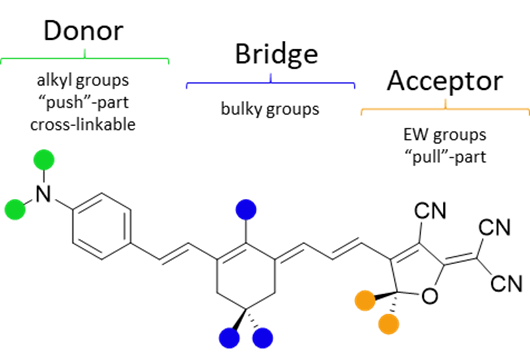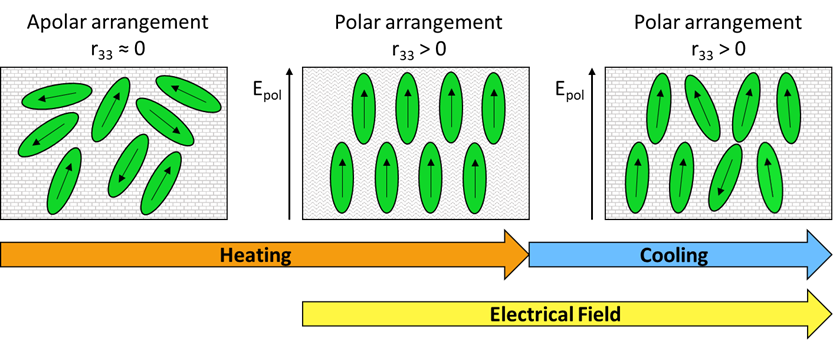ATHENS – Active Hybrid Photonic Integrated Circuits for Ultra-Efficient Electro-Optic Conversion and Signal Processing
What is ERC?
The ERC Synergy Grant is a prestigious grant awarded by the European Research Council to research teams with great potential. It enables scientific breakthroughs that can only be achieved through close collaboration between researchers and the combination of different disciplines. This is the fourth time that the Karlsruhe Institute of Technology has received the grant, which underlines its research achievements.
Motivation
The rapidly increasing amount of data poses major challenges for communication technology. The training of large language models for AI in particular requires enormous computing power and the rapid exchange of large volumes of data between many computers. Transceivers that convert electrical signals into optical signals play a central role here. Technologies based purely on silicon are reaching their performance limits and can hardly cope with the increasing requirements. At the same time, the high data volumes are driving up energy consumption, which leads to considerable CO₂ emissions from AI systems. Alternative technologies and new materials are essential to make data transmission more efficient and sustainable.
The Role of Organic Materials
Silicon-organic hybrid (SOH) modulators represent a promising solution for these growing requirements. These combine classic silicon photonics with the high electro-optical activity of organic materials.
Push-pull systems have proven to be particularly effective in the design of organic materials. A popular class of compounds is based on the CLD scaffold, in which a mostly alkylated aniline derivative serves as the donor unit (push part). The acceptor (pull part) consists of a tricyanofuran derivative, which is connected to the donor via a substituted isophorone bridge.

In ATHENS, both optimized CLD dyes and novel dye structures with high electro-optical activity are synthesized. Theoretical calculations are used in advance to predict promising compounds, which are then synthesized.
In addition to electro-optical activity, the orientation of the dye molecules also plays a decisive role. The conversion of electrical signals into optical signals takes place via the Pockels effect, a phenomenon of non-linear optics that describes a voltage-dependent change in the refractive index. This effect only occurs if the dye molecules are arranged non-centrosymmetrically. In order to achieve this arrangement, a special poling step is carried out that moves the molecules out of their centrosymmetric position.

Ideally, all molecules are uniformly aligned after this process. In practice, however, structures are created in which the dyes have a preferred direction, but this is not sufficient to ensure complete uniformity. A better alignment of the molecules through the poling process leads to a stronger electro-optical effect. Therefore, another goal is to synthesize molecules that specifically improve this alignment.
Other PIs' websites:
ATHENS: https://www.athens.kit.edu
Prof. Christian Koos: https://www.ipq.kit.edu/team_Koos.php
Prof. Tobias Kippenberg: https://people.epfl.ch/tobias.kippenberg?lang=en
Prof. Carsten Ronning: https://www.nano.uni-jena.de/
